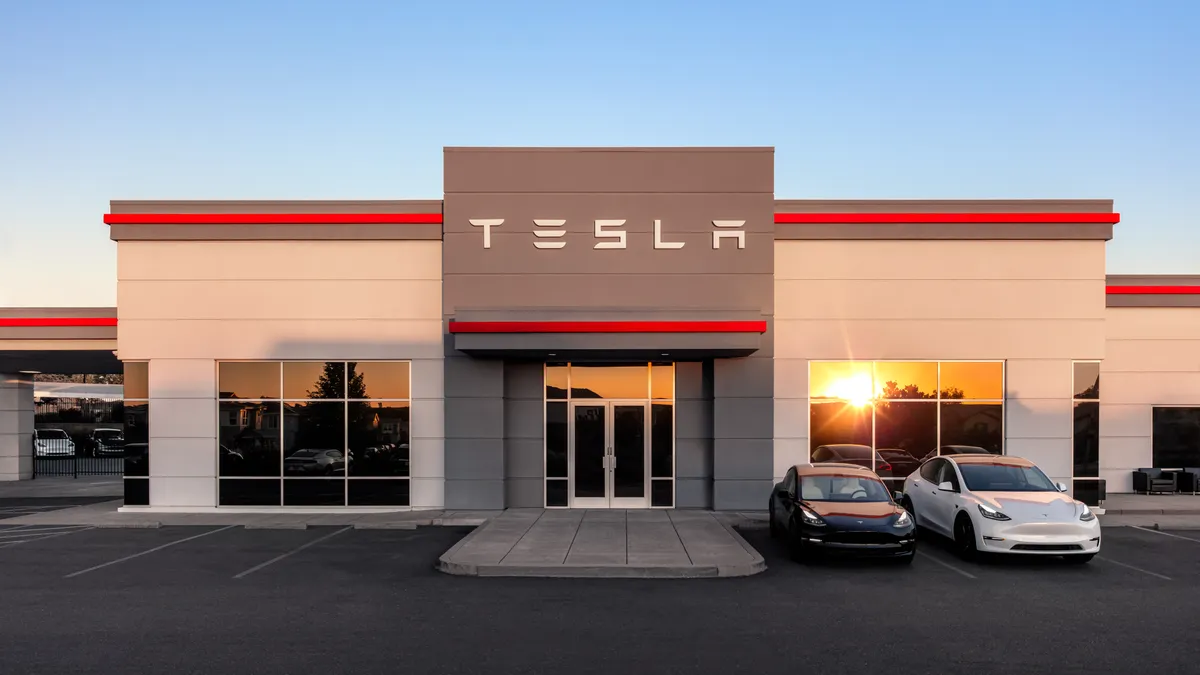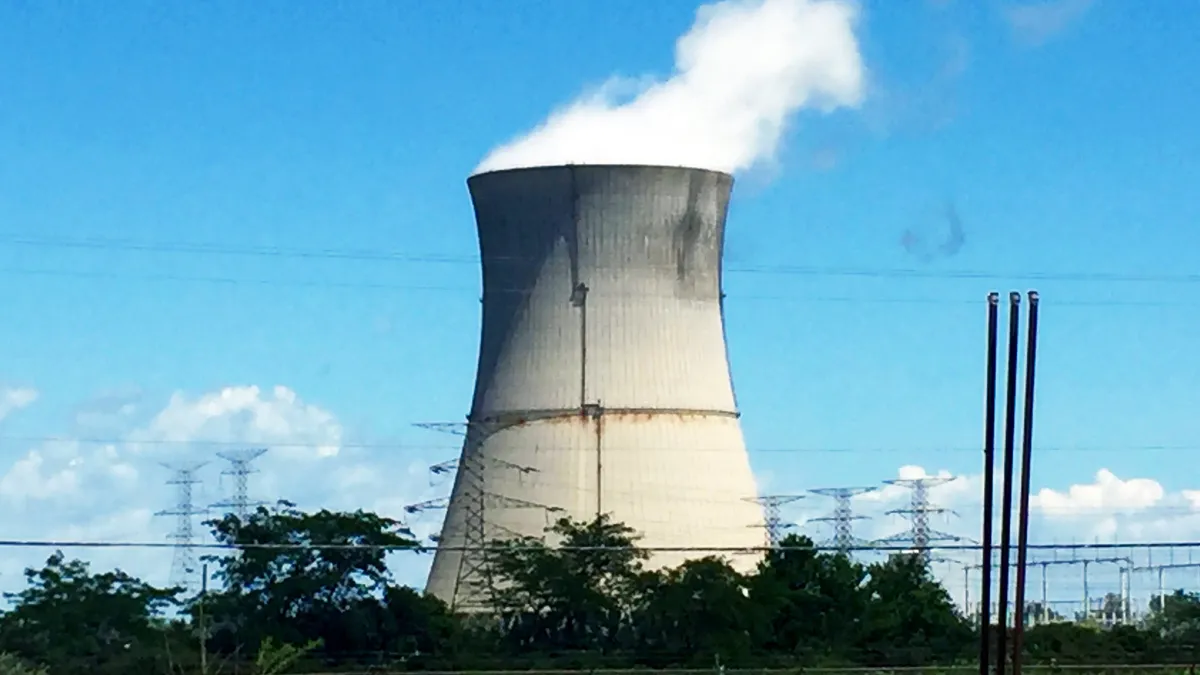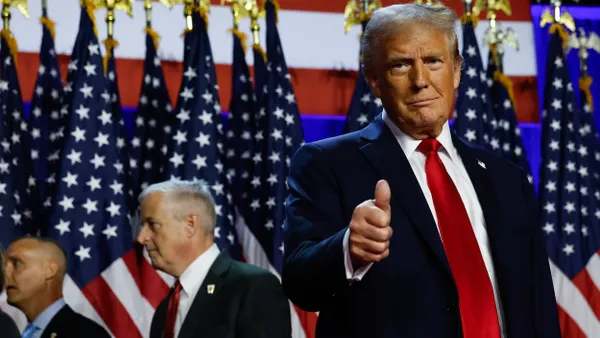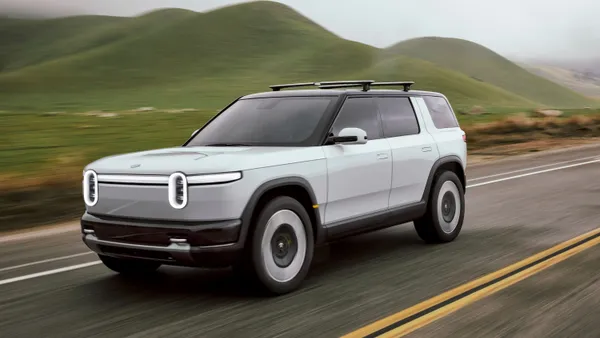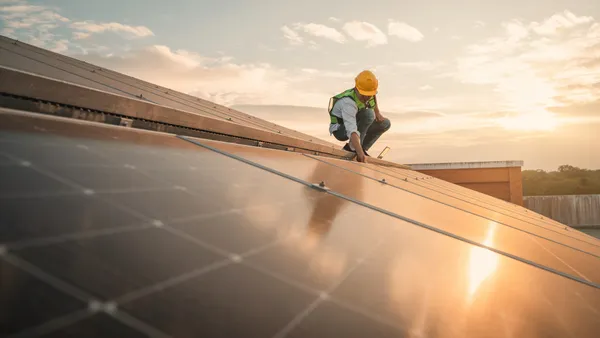Dive Brief:
- Tesla third-quarter energy storage deployments increased 75% year over year to reach 6.9 GWh, the company said Wednesday in its Q3 2024 earnings update. The company is on track to more than double 2023 storage deployments in 2024, Chief Financial Officer Vaibhav Taneja said on a subsequent earnings call.
- Tesla’s Lathrop, California, Megafactory produced 200 utility-scale Megapack stationary storage units in a single week this quarter, equivalent to a 40-GWh annual production run rate, and its Shanghai Megafactory is on track to begin shipping units in the first quarter of 2025, the company said in its earning update.
- “It won't be long before we're shipping 100 GWh per year of stationary storage at Tesla,” CEO Elon Musk said on the earnings call. “The energy business is doing extremely well, [and] the opportunity ahead is gigantic.”
Dive Insight:
Tesla’s Q3 deployments were down quarter over quarter, from a record 9.4 GWh in Q2, due to “customer readiness [and] location of orders being fulfilled” rather than production or demand issues, Taneja said.
“Our pipeline and backlog continue to grow quarter over quarter as we fill our 2025 production slots, and we are doing our level best to keep up with the demand,” he said.
Tesla’s energy business had a gross margin of 30.5% in Q3, its highest on record, despite lower shipment volumes for the 3.9-MWh Megapack units, the company said.
Tesla expects “to grow deployment sequentially in Q4,” and Powerwall 3 integrated solar-and-storage system volumes should increase in future quarters, Taneja added.
Powerwall deployments reached a record in Q3 for the second quarter in a row, the company said, with more than 100,000 systems enrolled in virtual power plant programs.
Tesla’s stationary storage shipments will “ultimately grow to multiple terawatt-hours per year [because] if you’re not at terawatt-hour scale, you’re not really moving the needle,” Musk said.
A fully sustainable global energy system requires 30 TW of renewable energy production, 240 TWh of energy storage and $10 trillion in capital investment, Tesla said last March in its Master Plan 3 report.
The report identified “zero insurmountable resource challenges” to the vision, contradicting some analysts’ concerns about long-term supply and availability of critical battery minerals.
“There's not some very rare material that we don't have enough of. We actually have enough raw materials to take all of human civilization [and] make it fully sustainable” even with increased electricity usage from electric transportation, Musk said.
But despite Musk’s reassurances about sufficient supply, lithium refining capacity is a near-term “choke point” in Tesla’s supply chain, Musk said last year.
Tesla is spending more than $1 billion to build a lithium refinery in South Texas that will “aggressively increase the supply of battery-grade lithium hydroxide available in North America,” the company said last year. Images Teslarati published in March show construction progressing at the 1,200-acre site.
Taneja suggested on the earnings call that the refinery would be “starting to produce” next year but did not give an exact timeline for its commissioning


